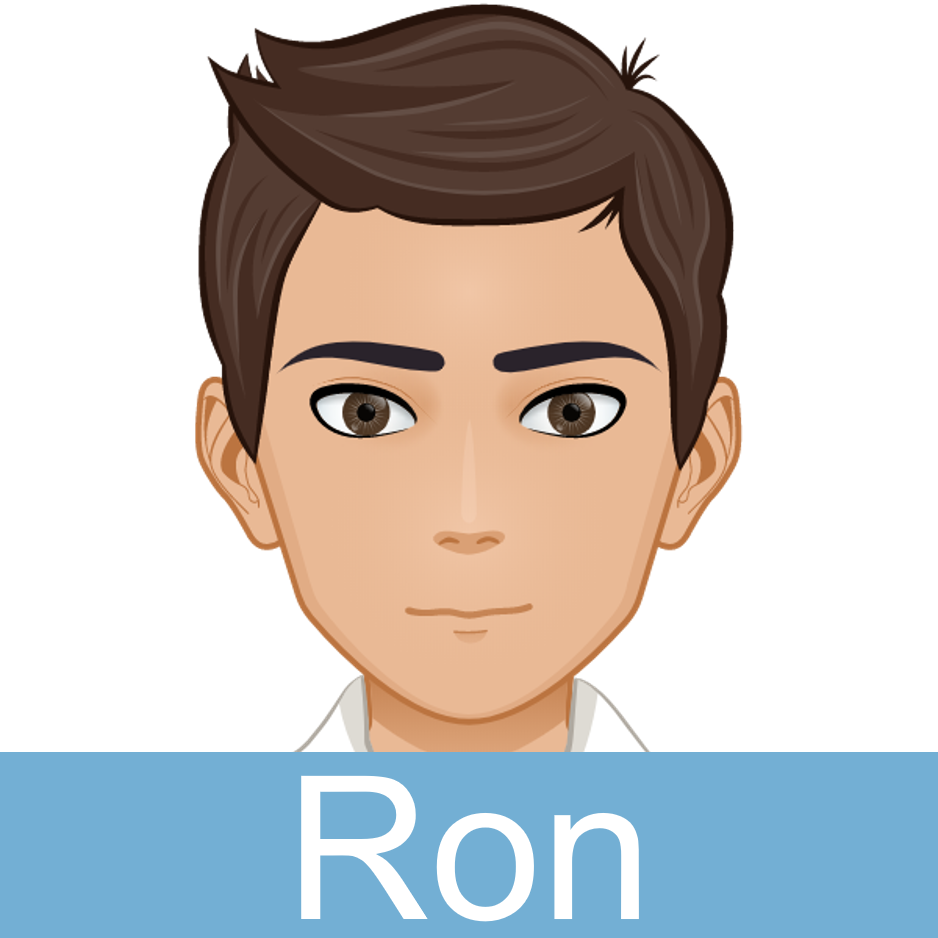PART A_1
Let’s learn new vocabulary. Listen and repeat these words with your tutor.
PART A_2
| 1. figure 図表、数字 | |
| Could you help me read the figures in this chart? | |
| 2. visual aid 視覚資料 | |
| Our manager asked us to prepare visual aids during presentations. | |
| 3. line graph 折れ線グラフ | |
| This line graph shows the decline in our sales last month. | |
| 4. maintain 維持する | |
| Let’s maintain a healthy working environment. | |
| 5. trend 傾向、趨勢 | |
| There has been a downward trend in our sales in the last few months. | |
PART A_3
I will ask the questions. Please answer them in complete sentences.
PART A_4
| 1. | Do you know how to read figures in graphs/charts? |
| 2. | How do visual aids help in presentations that involve figures? |
| 3. | What is the importance of charts and line graphs in businesses? |
| 4. | How would you maintain a work-life balance? |
| 5. | What primary step do you think should be done after a downward trend in sales? |
PART B_1
Let’s read the dialogue. I will play Ron and you will play Emma. Then, we’ll switch roles.
PART B_2

Good morning, Emma. Could you give me an update about our sales?
|
|
Sure, Mr. Davis. At the end of the second term, our figure for sales increased.
|

Oh, that’s great. Could you show me the actual data?
|
|
Absolutely. I actually prepared a visual aid.
|

Fantastic.
|
|
Here’s the graph. If you look at the blue line, there is an upward movement in our sales.
|

I see. Looks impressive.
|
|
That’s our trendline for the first two terms.
|

We’re hopeful that we could maintain this trend.
|
|
Certainly.
|
PART C_1
Let’s read the dialogue. Read aloud and fill in the blanks as you remember the sentences you just read.
PART C_2

Good morning, Emma. Could you give me an update about our sales?
|
|
Sure, Ms. Davis. At the end of the second term, our _____________ increased.
|

Oh, that’s great. Could you show me the actual data?
|
|
Absolutely. I actually prepared a visual aid.
|

Fantastic.
|
|
Here’s the graph. If you look at the blue line, there is an ________________ in our sales.
|

I see. Looks impressive.
|
|
That’s our trendline for the first two terms.
|

We’re hopeful that we ________________ trend.
|
|
Certainly.
|
PART D_1
Let’s read the new dialogue. Read aloud and fill in the blanks with the vocabulary and expressions you learned.
PART D_2

Good afternoon, Emma. You may now start presenting the status update about our sales.
|
|
Thank you, Ms. Davis. So, at the end of the second term, our _____________ increased.
|

Alright. Could you show me the actual data?
|
|
Sure. I actually prepared a visual aid.
|

Fantastic.
|
|
So if you look at the red line in the graph, there is a ________________ in the sales.
|

I see.
|
|
That’s our trendline for the first two terms.
|

Looks like we still have more room for improvement. We’re hopeful that we ________________ trend.
|
|
Certainly. I’ll prepare a proposal to increase our sales in the future.
|
PART E_1
Let’s do a roleplay. Talk with me according to the situation below, using the expressions you just learned.
PART E_2
You are presenting the status of your company’s sales. Discuss the upward trend in your sales using the line graph/s in your presentation.
PART E_3
REVIEW AND FEEDBACK
Now, let us review the things that you learned in this lesson.
ではこのレッスンで学んだことを振り返りましょう。
(Please give a short feedback on how your student did on your class.)
| Grammar 文法 |
Pronunciation 発音 | Vocabulary 単語 |
Comprehension 理解 |
|
|---|---|---|---|---|
 GOOD GOOD |
文法の誤りはほとんどなく、完全な文章で話すことができる | ほとんどの単語をはっきりと正しく発音することができる | 習った表現を適切に使うことができる | 文章を理解し、質問に正しく答えることができる |
 FAIR |
文法の誤りはあるが、完全な文章で話すことができる | 発音の練習が必要な言葉がいくつかある | たまにミスはあるが、習った表現を適切に使うことができる | 文章を完全に理解するのは難しく、質問に正しく答えられないときもある |
 POOR |
文章で話すのは難しく、単語だけで話すことができる | 発音の練習が必要である | 習った単語と表現を少しだけ使うことができる | 文章を理解するのは難しく、質問に答えるのは難しい |
